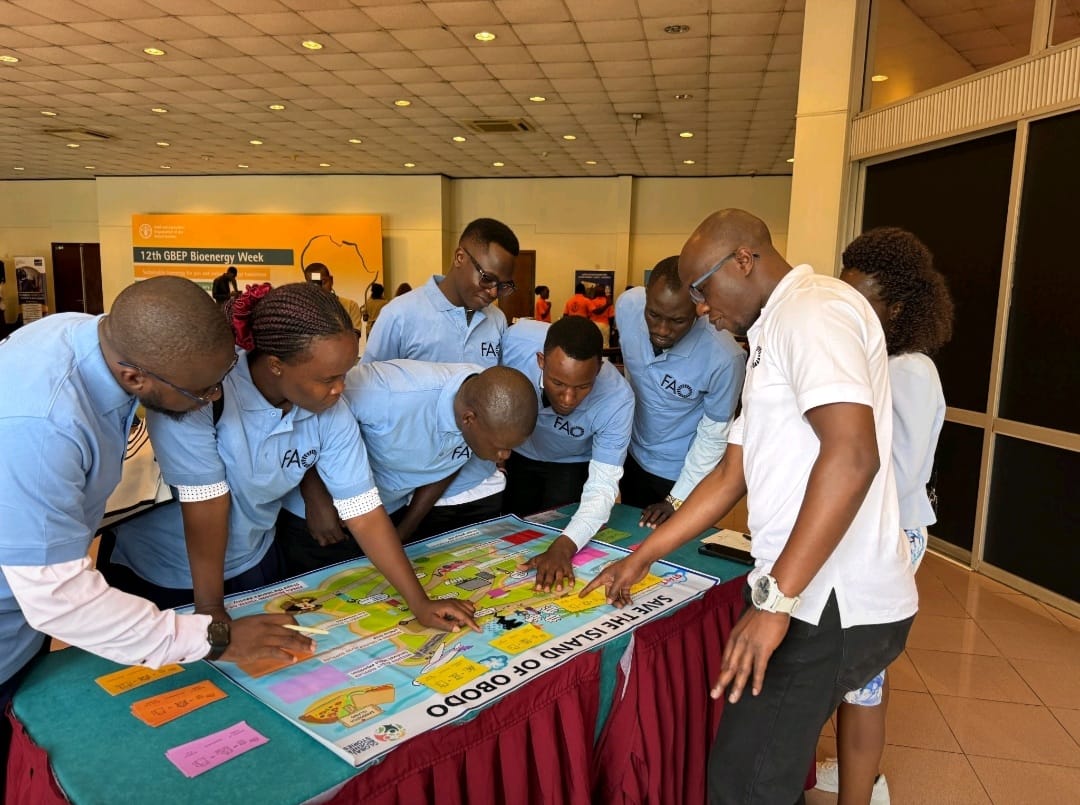Last month, a farmer in Pajulu sub-county contacted us in desperation. Despite investing heavily in seeds and fertilizers, his maize yields had declined for three consecutive seasons. Within two weeks of our GIS assessment, we identified the problem: he was planting moisture-loving crops on rapidly draining slopes while his valley bottom – perfect for rice cultivation – lay unused.
This story repeats across Uganda daily. Farmers work harder, not smarter, because they lack access to the data that could transform their productivity.
The Power of Seeing from Above
Geographic Information Systems (GIS) technology allows us to analyze your land from multiple perspectives simultaneously. Using satellite imagery and remote sensing, we can assess:
- Soil composition and drainage patterns – identifying which areas retain moisture and which shed it quickly
- Elevation changes – revealing microclimates within your farm that support different crops
- Rainfall distribution patterns – predicting which areas receive adequate water throughout the season
- Biodiversity hotspots – locating areas that naturally support beneficial insects and soil organisms
Beyond Pretty Maps: Real Impact
Our hydrology, watershed, and biodiversity maps aren’t academic exercises. They’re tools that have helped over 400 farming families make data-driven decisions about crop selection, planting timing, and resource allocation.
Take our work in Arua district’s three sub-counties. Before our intervention, farmers were experiencing declining yields despite increasing input costs. Our GIS analysis revealed that many were fighting their land’s natural characteristics instead of working with them.
We mapped tree planting suitability zones, identifying areas where reforestation efforts would succeed versus locations destined for failure. The result? Higher survival rates for our distributed seedlings and more effective land restoration efforts.
The Climate Connection
Climate change isn’t just about rising temperatures – it’s about increasing unpredictability. Traditional farming calendars, passed down through generations, no longer align with shifting rainfall patterns and extreme weather events.
Our GIS mapping creates new knowledge systems that respect traditional wisdom while incorporating real-time environmental data. When we predict optimal planting windows or identify drought-resistant crop zones, we’re giving farmers the tools to adapt rather than just survive.
Making Technology Accessible
You don’t need to understand satellites to benefit from our services. During our farm visits, we translate complex data into actionable recommendations: “Plant your beans on the eastern slope after the second week of March” or “This section is ideal for establishing your tree nursery.”
Our consultancy services include soil testing connections, linking farmers to certified laboratories for precise soil amendments. We don’t just diagnose problems; we connect you to solutions.
The Bigger Picture
Every farm we map contributes to a larger understanding of our region’s agricultural potential. This collective knowledge helps us advocate for better policies, design more effective training programs, and attract resources for rural development.
As we expand our GIS capabilities across West Nile and beyond, we’re not just improving individual farms – we’re building a comprehensive picture of how agriculture can adapt to our changing climate.
Ready to see your farm through new eyes? Contact Tsevett Agro Services to schedule a GIS assessment and discover your land’s hidden potential.

